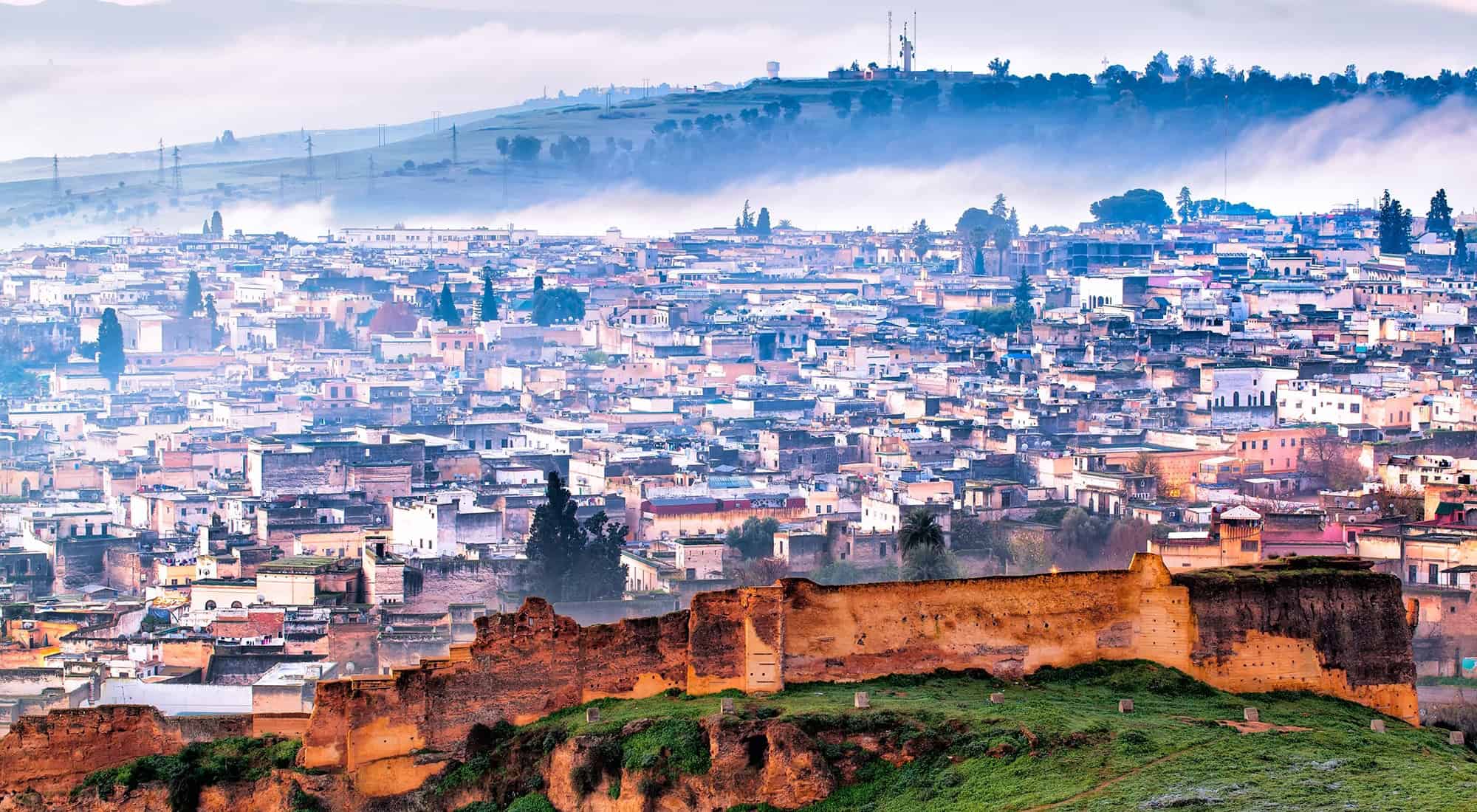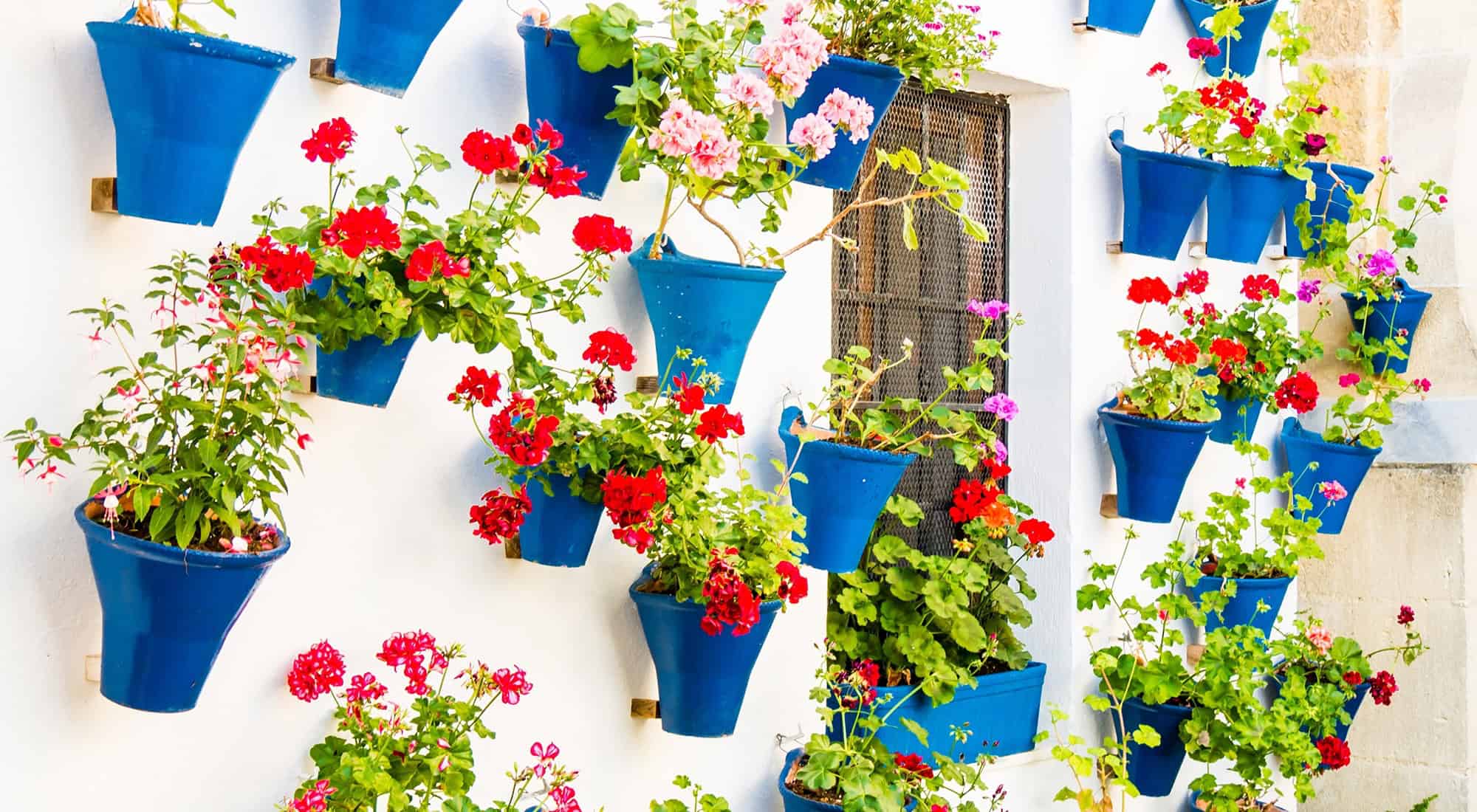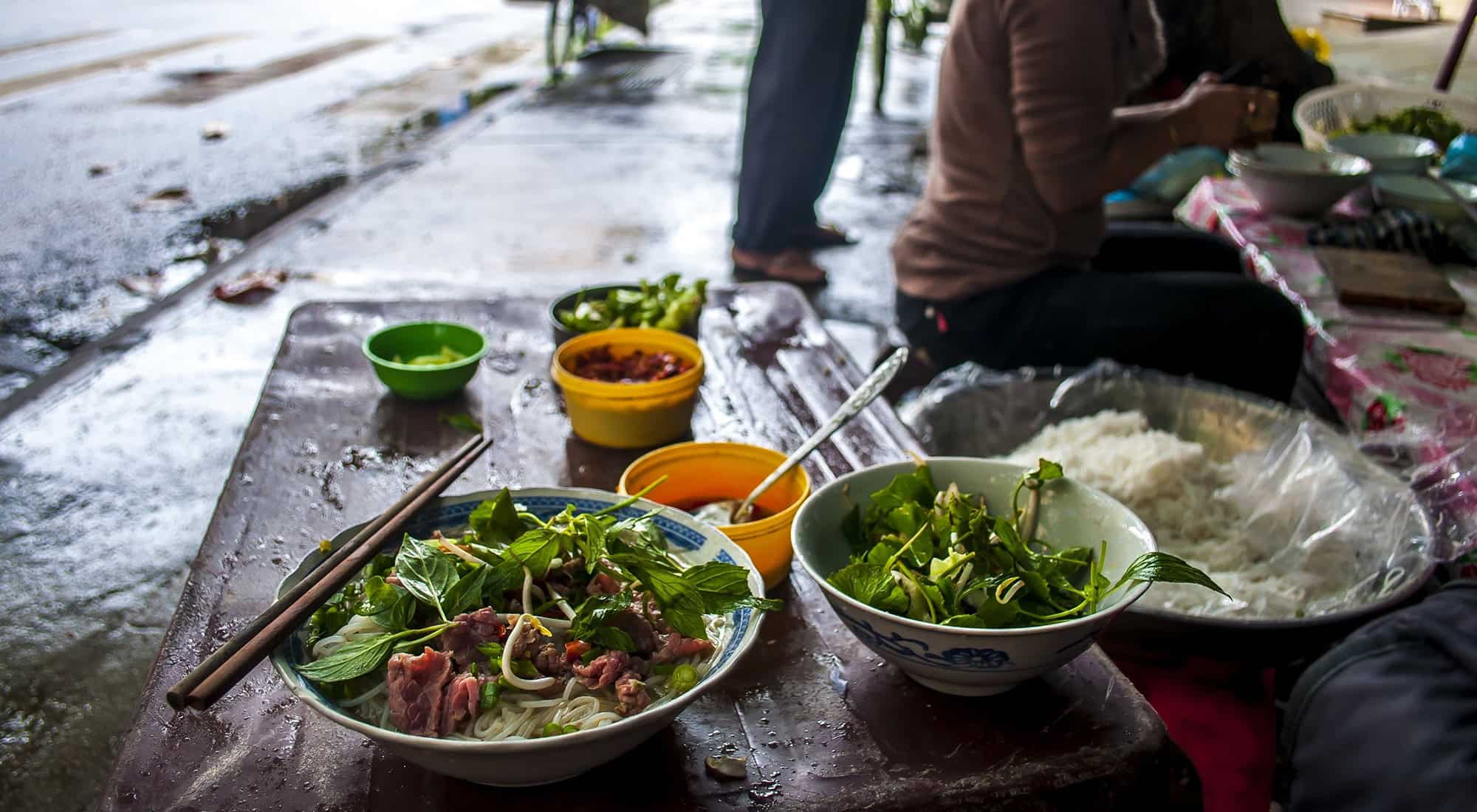BY JESSICA LEE
Hidden in the narrow streets of the Douh, Zerbatana and Ziat neighbourhoods, just east of the Batha, are some truly huge 19th- and early 20th-century palaces. The heirs have long since migrated to more promising elsewheres, and the high-ceilinged rooms are semi-squatted by poor relatives or rural migrants. If your time is limited, try to see Dar el Glaoui and Dar el Mokri. You will need to hire a guide to gain access and expect to offer a reasonable tip the building owners for the disturbance.
Most often visited, as it is right on Talaâ Seghira, is the Palais Mnebhi, which now functions rather efficiently as a restaurant. Its former owner was a minister of war under Sultan Moulay Abd el Aziz, and Maréchal Lyautey, first résident-général, once resided here.
Try to also get a peek at the garden patio of Dar Ba Mohamed Chergui, on Derb Horra, linking Talaâ Kebira to Talaâ Seghira. The overgrown raised flowerbeds are laid out according to the mtemmen, figure-of-eight motif traditional in zellige (ceramic-mosaic). On Rue Sidi Mohammed el Haj, a right off Talaâ Seghira as you descend, is Dar Ababou, which has a garden courtyard overlooked by balconies.
Dar el Glaoui is the most easily visited of the big palaces. Three tennis courts, if not four, would have easily fitted into the main courtyard. From the roof terraces there are views across the city. When the Glaoui family fell from favour after Independence, the palace was abandoned.
No less splendid is Dar el Mokri, named for the grand vizir El Mokri who held office for the whole of the French period. There are some 1930s additions and a sadly run-down garden. Off the big courtyard, the rooms are partly converted to workshops, partly squatted. There is an off-chance that, if you are passing down Derb Chaq Bedenjala on your way to Bab Jedid, a lad will spot you and ask if you want to take a look at the palace.
Close to the Batha (batha is Arabic for open area) are a number of easily located patrician residences. Right on the square, Dar Mekouar, once a cradle of the nationalist movement, is a few metres to the left of the Maison Bleue guesthouse (see plaque on wall). Next to the café to the right of the Maison Bleue, a narrow street, Derb Salaj, runs directly into Fès el Bali. Follow along and you will find, down a blind alley, the house used by the local Institut Français for occasional concerts. Further along, the very chic Riad Fès guesthouse is signposted, and you will find Dar Cheikh Tazi, now headquarters of the Association Fès-Saïss, an organization working to promote the region.










